Glenmorangie
The stretch of land in the Northern Highland on which Glenmorangie stands has been the site for alcohol production (mostly illicit) since the Middle Ages, setting a formidable legacy. Glenmorangie was founded in 1843, although operation didn’t start until 1849.
| Information about the Distillery | |
|---|---|
| Scotland, Highlands | |
| -4.077925 57.825865 | |
| Active | |
| LVMH | |
|
7 x 11,400 l
Tall
|
|
|
7 x 8,200 l
Tall
|
|
|
12 x 46,000 l
|
|
| 10 t | |
| 1843 | |
| 6,000,000 l | |
| http://www.glenmorangie.com/ |
| Average tasting notes Tasting notes |
i
|
|
|---|---|---|
|
Nosing
Sweet:
Fruit:
Sherry:
Vanilla:
Citrus:
Spices:
Caramel:
Herbs:
Oak:
Nuts:
Honey:
Orange:
Pear:
Chocolate:
Malt:
Berries:
Mint:
Peach:
Herb:
Floral:
Lemon:
Dark Chocolate:
Raisin:
Apple:
Dried Fruit:
Date:
Peat Smoke:
Cinnamon:
Grape:
Nutmeg:
Almonds:
Heather:
Ginger:
Cake:
Clove:
Alcohol:
Tropical Fruit:
Cherry:
Plum:
Pineapple:
Coffee:
Oil:
Banana:
Lime:
Green Apple:
Pepper:
Blackberry:
Grapefruit:
Walnut:
Hay:
Barley:
Coconut:
Grass:
Hazelnut:
Fig:
Wheat:
Strawberry:
Lemon Peel:
Melon:
Chili:
Black Currant:
Leather:
Maritime Notes:
Sweet:
Spices:
Seaweed:
Rye:
Kiwi:
Anis:
Ham:
Medicinal Smoke:
Iodine:
Salt:
Tasting
Sweet:
Fruit:
Spices:
Sherry:
Nuts:
Oak:
Vanilla:
Citrus:
Malt:
Honey:
Chocolate:
Caramel:
Oil:
Herb:
Orange:
Herbs:
Almonds:
Dark Chocolate:
Nutmeg:
Pear:
Pepper:
Dried Fruit:
Raisin:
Berries:
Cinnamon:
Ginger:
Peat Smoke:
Coffee:
Chili:
Peach:
Alcohol:
Grape:
Lemon:
Heather:
Apple:
Clove:
Floral:
Mint:
Date:
Cake:
Cherry:
Plum:
Tropical Fruit:
Hazelnut:
Fig:
Pineapple:
Walnut:
Barley:
Banana:
Grapefruit:
Anis:
Maritime Notes:
Green Apple:
Lemon Peel:
Blackberry:
Wheat:
Coconut:
Grass:
Seaweed:
Lime:
Salt:
Strawberry:
Bonfire Smoke:
Leather:
Black Currant:
Hay:
Melon:
Rye:
Medicinal Smoke:
Tobacco:
Kiwi:
Red Currant:
Ham:
Finish
Sweet:
Oak:
Spices:
Fruit:
Sherry:
Nuts:
Citrus:
Herb:
Chocolate:
Malt:
Vanilla:
Dark Chocolate:
Oil:
Orange:
Herbs:
Caramel:
Honey:
Peat Smoke:
Pepper:
Ginger:
Mint:
Coffee:
Dried Fruit:
Almonds:
Pear:
Alcohol:
Nutmeg:
Heather:
Chili:
Cinnamon:
Lemon:
Cake:
Peach:
Berries:
Lemon Peel:
Floral:
Grape:
Date:
Apple:
Clove:
Raisin:
Leather:
Wheat:
Tropical Fruit:
Walnut:
Maritime Notes:
Salt:
Grapefruit:
Anis:
Tobacco:
Melon:
Banana:
Plum:
Barley:
Cherry:
Hazelnut:
Grass:
Coconut:
Green Apple:
Fig:
Lime:
Pineapple:
Black Currant:
Seaweed:
Rye:
Blackberry:
Strawberry:
Iodine:
Hay:
Medicinal Smoke:
Bonfire Smoke:
Red Currant:
|
||
The Whisky
Glenmorangie has a wide selection of official bottlings for those wishing to expand their Single Malt experience. For many years, the backbone of their official range was the 10-year-old Glenmorangie Original, alongside a variety of different wine and sherry cask maturations, typically aged for 12 years. The successor to the Original 10, the Original 12, has a two-year longer maturation period. There are also innovations in the choice of casks. In addition to first fill bourbon casks, special designer casks are used, the wood for which comes from the Ozark Mountains in Missouri. The dry conditions and nutrient-poor soil there promote slow tree growth, which increases the vanillin content in the wood. After two years of air-drying, the tannins are broken down, reducing astringency and improving oxidation. This increases the maturation potential of the barrels, resulting in more intense vanilla and flavours.
The official range also includes an 18-year-old and a 25-year-old bottling, as well as a variety of wood finishes with an age of typically 12 years, and distiller’s editions. There are close to none independent bottlings of Glenmorangie available, and tracking them down on the market is challenging. An unusually high percentage of the Single Malt produced at Glenmorangie is actually bottled and sold as Single Malt.
The Production
The production capacity of the distillery stands at six million liters, and the water used in the production is drawn from Tarlogie Springs, which are located in the nearby Tarlogie hills. The production is supported by an enormous mash tun, which can hold up to 12 tonnes. Over the years, Glenmorangie has become Scotland’s best-selling Single Malt. That, more than anything else, should be held dear to the distillery’s metaphoric heart as an enormous success.
In mid-2021, Glenmorangie opened the Lighthouse distillery. This is an experimental distillery on the Glenmorangie site, so the trials carried out there do not have to be done on a very large scale straight away, which would be very costly for the production team. The Lighthouse distillery has two of the giraffe-high stills that characterize the fruitiness and lightness of Glenmorangie Single Malt Whisky. But unlike the stills in the main distillery, the experimental stills are equipped with necks in which modifications replicate a change in neck size up or down. In this way, the distillation processes can be varied in the new plant, as well as through different condensations over copper or stainless steel and the optional use of a purifier. The Glenmorangie Lighthouse also has its own brewhouse. There they experiment with malt, yeast and water. The Mash Tun, for example, can build up pressure, similar to a boiler in an American distillery, so that experiments can be carried out with different types of grain. The elaborate washbacks have a cooling device so that experiments can be carried out with different yeast strains: The temperature can be used to control how they work.
The Pot Stills
The huge-scale production at Glenmorangie is supported by eight stills: four wash and four spirit. The wash stills each have a production capacity of 12’500 litres, while the spirit stills have an 8’000 litre capacity. The original pair of stills were expanded to four in 1980, and doubled again to a total of eight in 1990, and finally expanded to ten. The stills are heated by electric and oil steam coils. All of the stills have a unique tall shape, with round spherical lids and a tall, vertical neck reaching straight up from the lid. They also use reflux bowls to increase the reflux at the lower end of the tall necks. Glenmorangie actually used to have the tallest stills in the business (they stand at 16 feet and 10 inches). The extra height in Glenmorangie’s stills ensures that much of the distillate runs back down the neck before exiting through the lyne arm. This process is known as 'reflux', and results in a very smooth and mild Malt Whisky.
Maltings
Glenmorangie decommissioned its floor maltings in 1977. Since then, the maltings have been bought from Murray Firth in Inverness. The maltings used in the production are very lightly peated. The kind of barley which Glenmorangie uses in the creation of it’s malting is Derkado barley, which has been carefully selected to give Glenmorangie it’s distinctive taste.
Surrounding the distillery is what is known as the Cadboll Estate, Cadboll being an old word for "home of the wildcat", as these animals were once resident there. On the Cadboll Estate are barley fields, the harvest of which is used for two Glenmorangie Whiskies: Cadboll Estate and Signet. At the beginning, the estate had 800 hectares, but now there are about 80 hectares left. However, many of the fields have been sold to farmers, who in turn now supply Glenmorangie with their barley grown there. However, this is not enough for the large amount of Glenmorangie Whisky.
The Warehouse
One of the most impressive features of Glenmorangie is that the distillery still uses earthen floor warehouses. The distillery has fourteen on-site warehouses: ten dunnage, four racked. The distillery mainly uses American Oak casks, and a combination of different woods, including Sherry, Port, and Sauternes, are used for the range of 'Wood Finishes' bottlings. The casks at the distillery were formerly reused up to three times. From the 2010s on, they reduced to a two times usage to increase quality. Glenmorangie is one of the most innovative distilleries in Scotland when it comes to experimenting with different finishes. Indeed, Glenmorangie can be credited with the popularization of 'finished Malt Whisky'.
The History
Glenmorangie Distillery is named after the Gaelic name "Glen of the Morangie Burn", which means "Little Valley of Deep Tranquility". The distillery is located just two miles west of the old "Royal Burgh of Tain" on a hill on the southern shore of Dornoch Firth, from which there is a wonderful view of the mouth of the Firth into the North Sea. The stretch of land in the Northern Highland on which Glenmorangie stands has been the site for alcohol production (mostly illicit) since the Middle Ages, setting a formidable legacy. Glenmorangie was founded in 1843, although operation didn’t start until 1849. The founders were the brothers John and William Mathesen who had a history in Whisky production. Production got off to a successful start, and in 1887, the Glenmorangie Distillery Company Limited was founded. In 1880, exportation commenced at the distillery, which went extremely successfully. In 1918, 40% of the distillery was sold to the Glenmorangie Distillery Company Limited’s largest customer, Macdonald and Muir, and 60% was sold to Durham, a Whisky dealing company. Production continued successfully under its new ownership, with Macdonald eventually taking complete control of the distillery. In 1931, due to the great pressure that the global financial depression and American Prohibition act put on the Whisky industry, the distillery was forced to close. After being mothballed for five years, the distillery was reopened in 1936, with production resuming immediately.
Production continued to go on to acclaim and financial gain, and in 1980, the number of stills was doubled to four in order to handle the increase in demand. Ten years later, the number of stills was doubled again, this time to a total of eight stills. In 1994, a visitor’s centre was opened at the site, and the Glenmorangie Port Wood Finish was released, which marked the beginning of a new era of wood finishes being released from the distillery. In 1997, a museum was opened at the site, dedicated to the history of Glenmorangie and Single Malt production. In 2004, the Macdonald family decided to sell Glenmorangie, as well as the other distilleries that they owned, including Arberg which comprised 'Glenmorangie plc'. The bidding war over the company was absolutely frantic, with Moet Hennessey emerging triumphantly. Moet Hennessy launched a complete re-vamp of the Glenmorangie brand, discontinuing the 15 and 30-year-old bottlings, and totally re-naming the other bottlings. Glenmorangie has continued to go from strength to strength under Moet Hennessey which are owned jointly by Diageo (34%) and LVMH (Louis Vuitton), having managed to scale up its production to a truly competitive level without undermining the quality of the Single Malt.
Visitor’s Centre
Glenmorangie houses both a visitor’s centre, which offers tours of the facilities, a café and gift shop, and a museum dedicated to the history of Glenmorangie and the production of Single Malt Whisky.
Glenmorangie Distillery
Tain
Ross-shire
IV19 1PZ
Tel: +44(0)1862-892477
Email: website@glenmorangie.co.uk









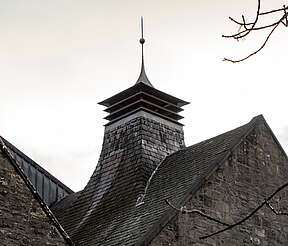
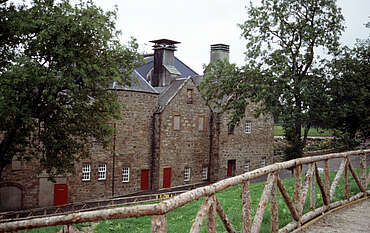
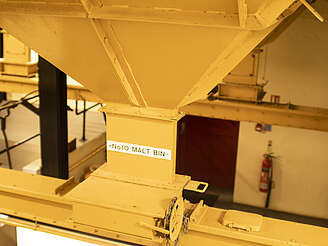
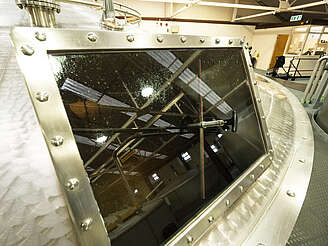
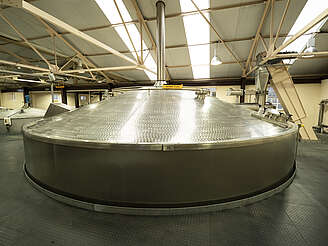
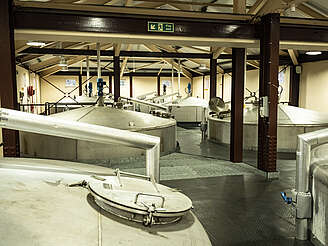
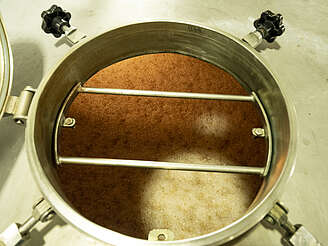
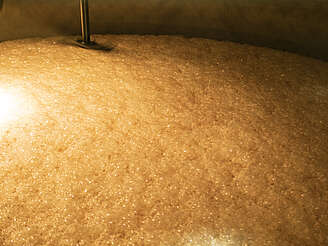
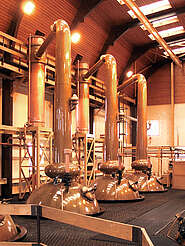
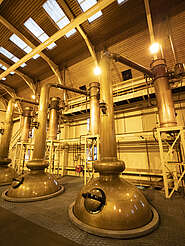
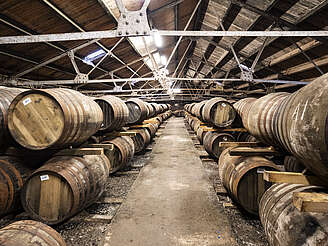
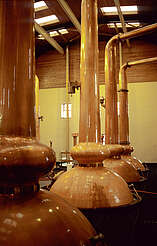

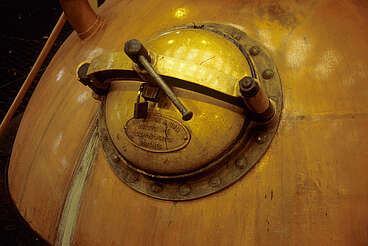
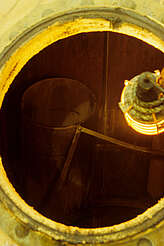
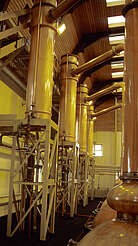
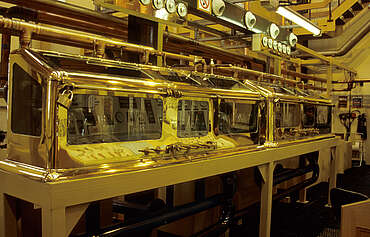
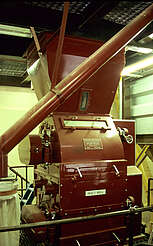
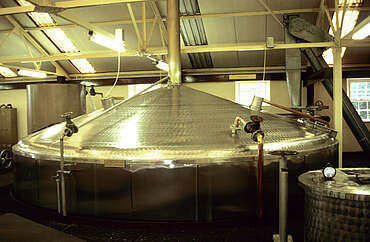
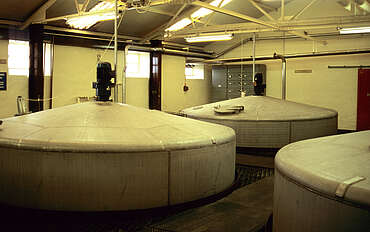
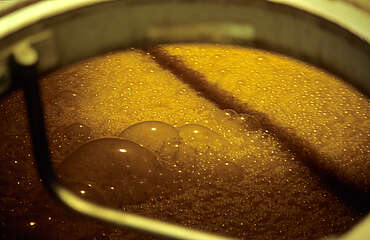
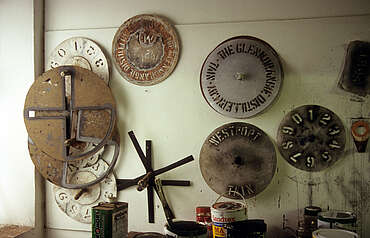
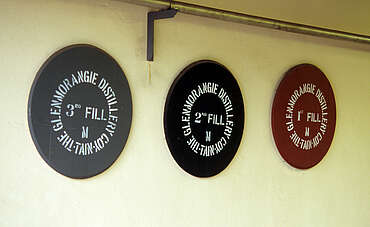
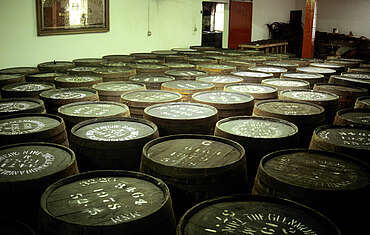
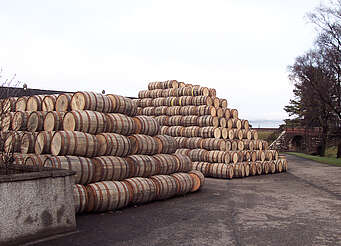
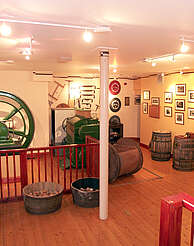
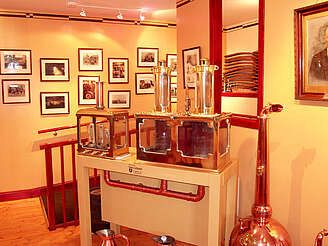

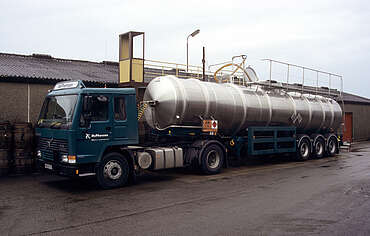
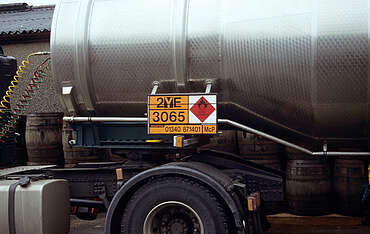

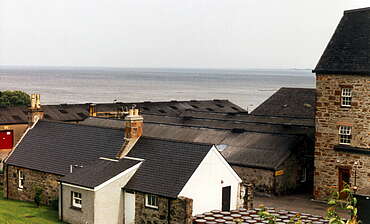
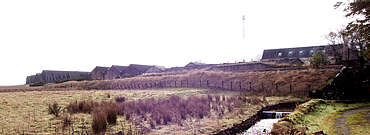
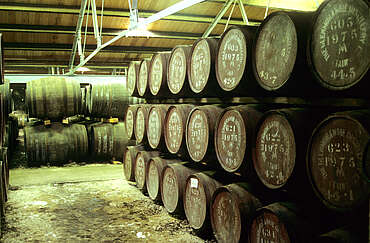
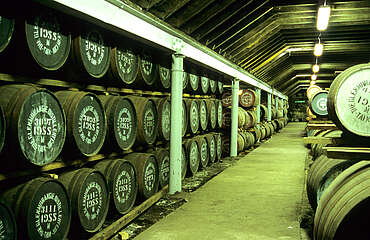
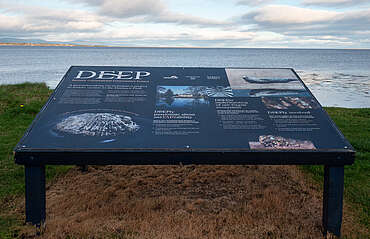
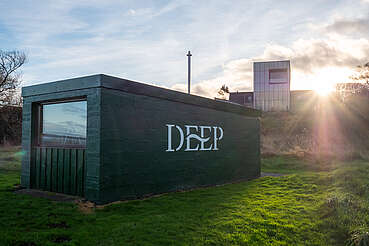
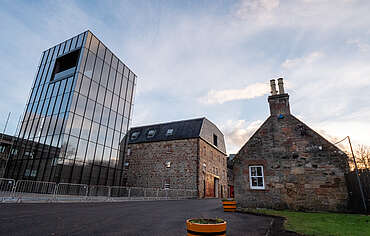
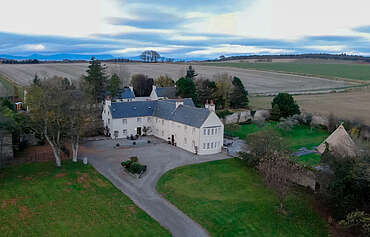
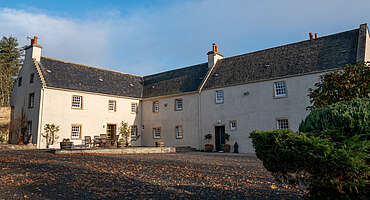
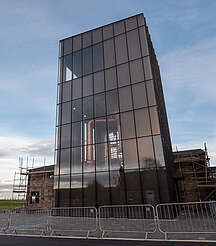
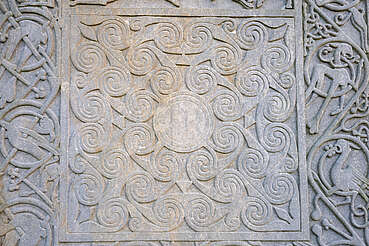
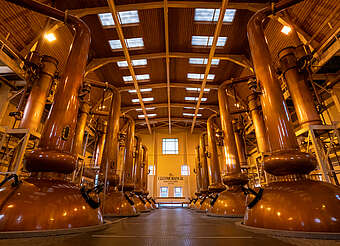
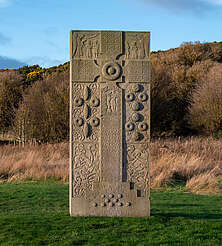
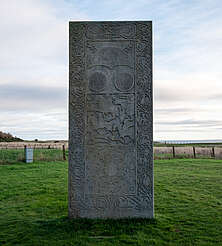
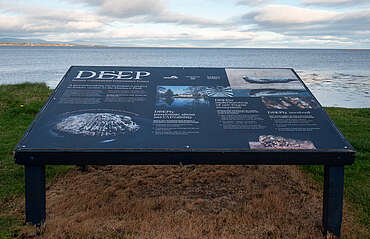
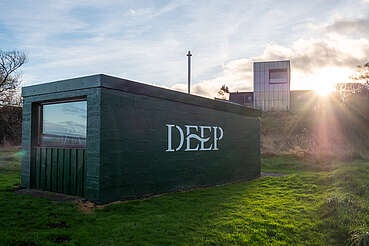
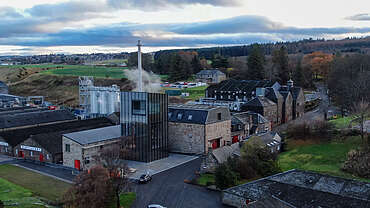
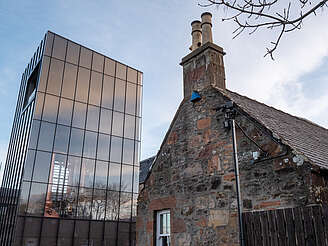
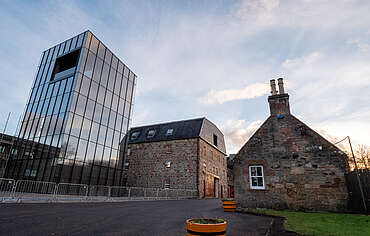
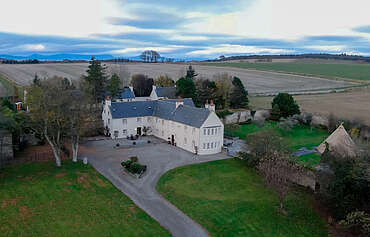
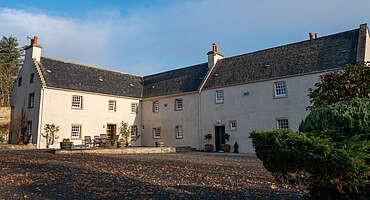
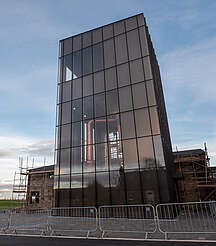
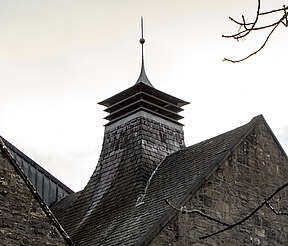
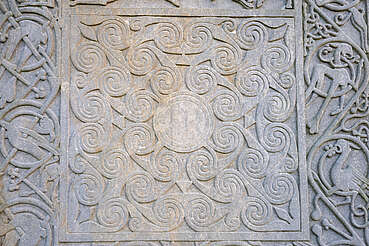

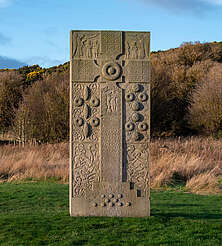
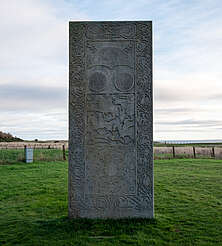
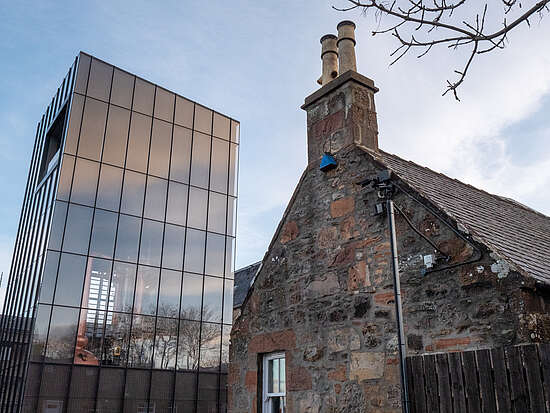
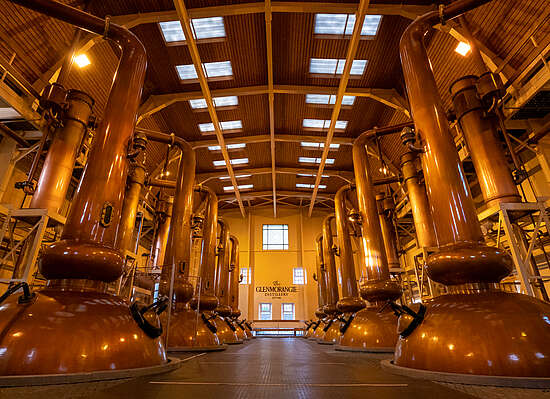
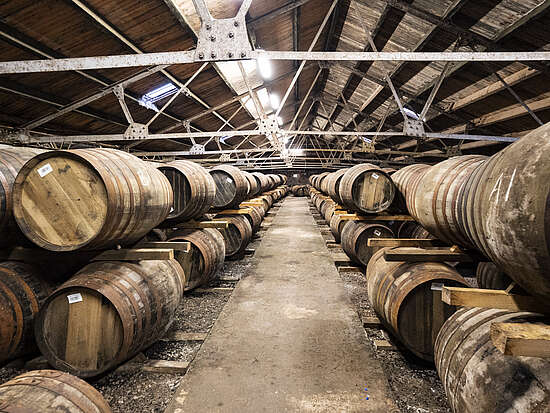
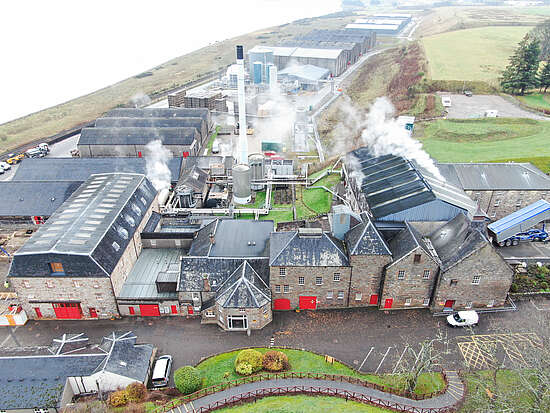























User Notes about the Distillery
Share your experience with other whisky lovers. Write a note about your trip to the Glenmorangie distillery.